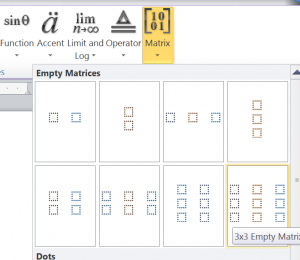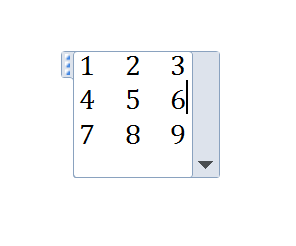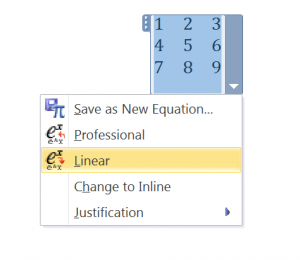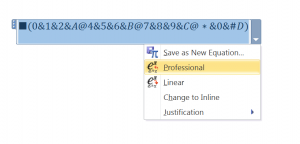This is a lesson in vaporware. Vaporware is a software or hardware solution that enters a high demand market without any actual viable solution. Often times, they pretend to be professional, but through social media, they are actually heavily locked down information machines.
Characteristics?
- Photoshopped images of the application running on a PC. Be sure to notice the presence of a beautiful generic woman on a beach in the application window.
- Facebook pages that are locked down to where negative feedback is tightly controlled. Be sure to notice that they are the only ones that post of their page.
- Mailing lists or support forums don’t exist. Be sure to notice that buttons that subscribe you to a mailing list opens a webpage on a separate website that never finishes loading (times out).
- If the software downloads, it will have enormous amounts of configuration choices that aren’t targeted towards the actual purpose of the software. Be sure to notice video conferencing software that doesn’t have a “Add webcam” feature, but allows you to configure various nuances to how the application appears.
- The software is ad sponsored and has no uninstall capability. In this package, I haven’t noticed any ads just yet, but I’m waiting. First though, I have to run it again and currently, I have no reason to.
I’m not sure why peer-to-peer video conferencing is such a magnet for these kinds of fluff projects. It really shouldn’t be so hard to do. The webcam and microphone are data streams. You encode them into a streaming format (MPEG, WEBM, OGG, H.264 if you insist) and pipe them out to an IP address. A little extra effort, you can even use a SIP protocol, but it isn’t necessary.
So here I have it installed, and I’m really wishing I had done a time machine backup immediately before installing…
How can a project like this be saved? It takes honesty. Create open and world viewable forums. Yes, people will post bad things about your software, but make a show of working towards a solution. Open up your social network sites and use them to recruit developers and users instead of information control marketing machines.
Don’t go the way of the Ekiga softphone of the late 2000’s. They were the official softphone of Ubuntu linux that was included with their distribution. Problem is that it never worked. There was no improvement. And by 2010, they were expelled from the distribution. They’re still around, but I don’t dare install their product. I simply don’t trust them with my limited hard disk space.
I look forward to a day that an free and open video conferencing software becomes a reality. Then, we can truly divorce ourselves from the spooky usage licenses (and potential eavesdropping) from services such as Microsoft Skype, Google Hangouts, or Apple FaceTime.





